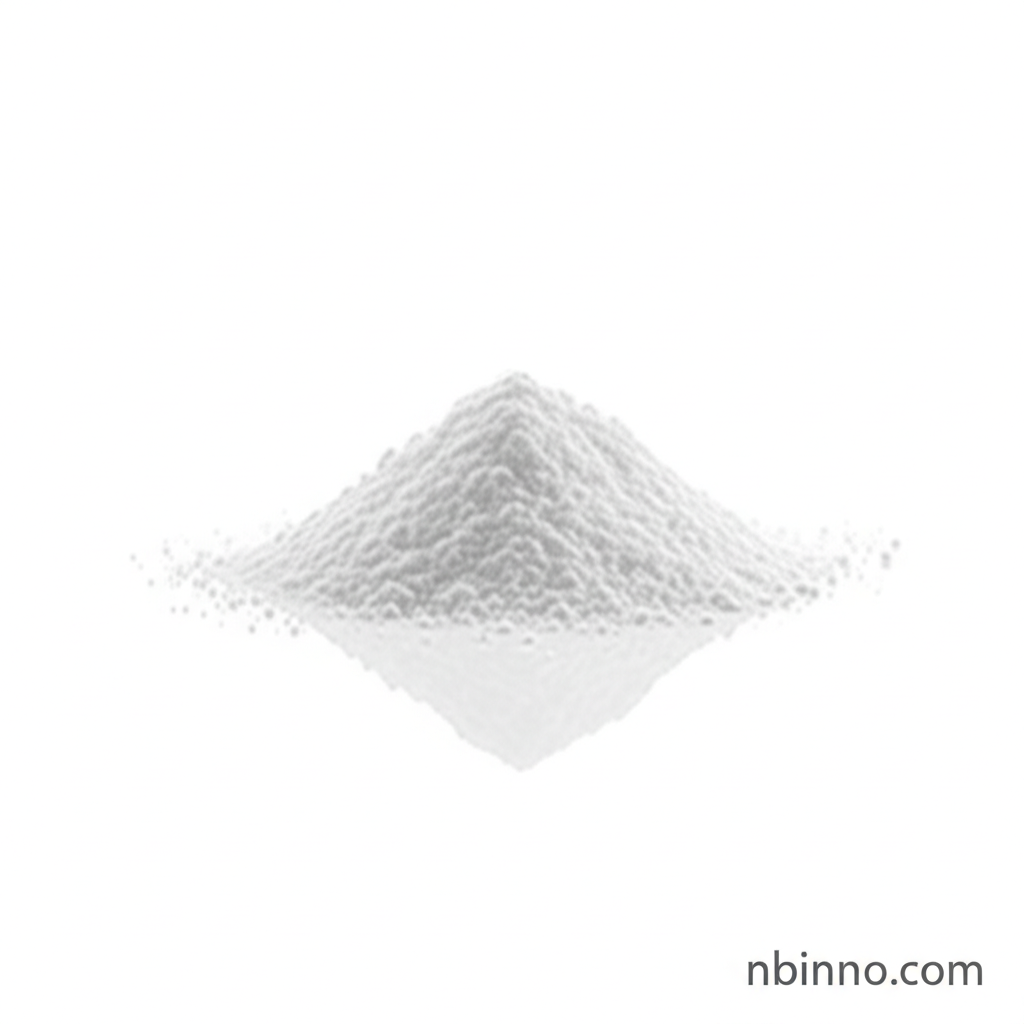3-Methoxy-2-methylbenzoic Acid: Synthesis, Applications, and Properties for Industrial Use
Discover the versatile applications and key properties of this vital aromatic carboxylic acid intermediate.
Get a Quote & SampleProduct Core Value

3-Methoxy-2-methylbenzoic acid
An essential aromatic carboxylic acid, 3-Methoxy-2-methylbenzoic acid (CAS 55289-06-0) stands out for its multifaceted utility across several key industries. Its unique chemical structure, featuring both methoxy and methyl groups, enables diverse reactions and applications, making it a sought-after compound in advanced synthesis.
- Leverage 3-Methoxy-2-methylbenzoic acid uses in the synthesis of complex pharmaceutical intermediates, such as those used for NSAIDs and anticoagulants, ensuring high purity and efficacy in drug development.
- Explore the potential of 3-Methoxy-o-toluic acid synthesis for creating unique fragrance compounds, particularly vanilla-like derivatives, adding distinctive notes to perfumes and consumer products.
- Utilize CAS 55289-06-0 chemical properties for advanced polymer modification, specifically in the development of UV stabilizers that protect materials from degradation under sunlight.
- Investigate its role as an agrochemical precursor, essential for the efficient synthesis of herbicides and other crop protection agents, contributing to agricultural productivity.
Key Advantages
Enhanced Reactivity
The presence of the methoxy group in 3-Methoxy-2-methylbenzoic acid increases electron density, facilitating selective chemical reactions critical for sophisticated synthesis.
Improved Lipophilicity
The methyl group enhances the compound's lipophilicity, which is beneficial for applications requiring better solubility in non-polar environments or enhanced biological interaction.
High Purity & Quality
Supplied typically as a white to off-white crystalline powder with a purity of ≥98%, ensuring reliable performance and consistent results in industrial applications.
Key Applications
Pharmaceutical Intermediates
Serves as a vital building block for synthesizing active pharmaceutical ingredients (APIs) and intermediates used in medications like NSAIDs and anticoagulants.
Fragrance Synthesis
Contributes to the creation of aroma chemicals, particularly vanilla-like derivatives, which are integral to the perfume and flavor industries.
Polymer Modification
Used in the development of advanced materials, specifically as a precursor for UV stabilizers that protect polymers from photodegradation.
Agrochemicals
Acts as a key intermediate in the synthesis of agricultural chemicals, including precursors for herbicides, supporting modern farming practices.
